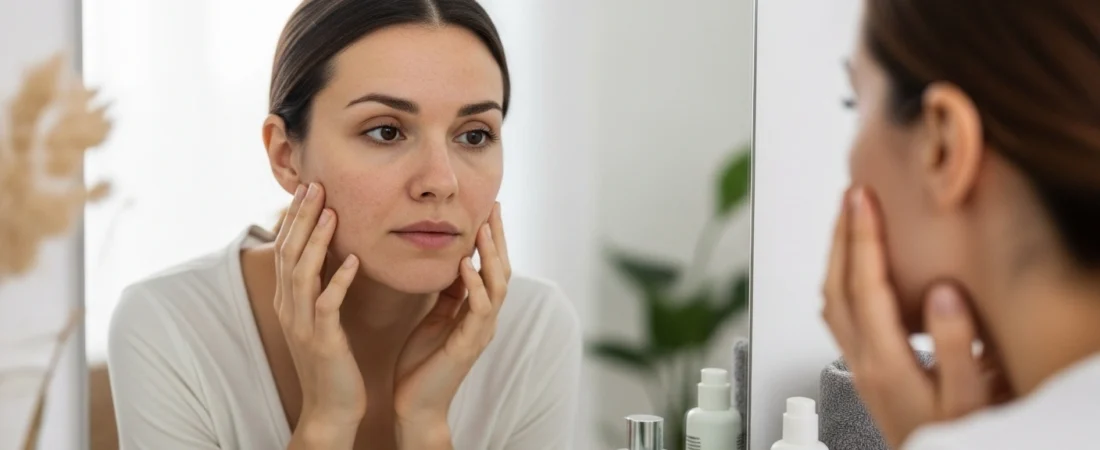In our demanding world, stress is an unwelcome, yet often constant, companion. We recognize its impact on our minds and bodies—sleepless nights, frayed nerves, and even digestive issues. However, the skin, our body’s largest organ, frequently bears the brunt of stress in ways we might overlook. It quietly signals distress, and understanding these subtle cues is essential for maintaining dermal health.
The Connection Between Stress and Skin
The relationship between stress and skin health is complex and well-documented. When we experience stress, our bodies release a cascade of hormones, including cortisol. While cortisol plays a vital role in the body’s stress response, prolonged elevation can disrupt various bodily functions, including those crucial for skin vitality. This internal upheaval can manifest externally, leading to a range of skin concerns that often go unaddressed.
Unmasking the Hidden Indicators
Many assume stressed skin only presents as severe breakouts or rashes. Yet, the signs are frequently far more nuanced. Becoming attuned to these less obvious indicators can help you take proactive steps.
One common, yet overlooked, sign is a persistent dullness or lack of radiance. Even with a consistent skincare routine, stressed skin often loses its natural glow. This occurs because stress can impede the skin’s ability to renew cells efficiently, resulting in a buildup of dead skin and a less vibrant complexion. You might notice your skin looking flat, even after a good night’s sleep.
Another tell-tale sign is an unexpected increase in sensitivity. Previously tolerated products might suddenly cause irritation, redness, or a stinging sensation. Stress can compromise the skin’s protective barrier, making it more vulnerable to external aggressors and reactive to ingredients it once handled without issue. This heightened sensitivity can make your usual routine feel uncomfortable.
Observe also for unexplained dryness or dehydration, even if you are diligent about moisturizing. Stress can disrupt the skin’s natural moisture balance, leading to a depletion of essential lipids. This makes the skin feel tight, flaky, or rough to the touch, despite regular hydration efforts. Your skin may simply not hold moisture as effectively as it once did.
Furthermore, a slowed healing process for minor imperfections can indicate stressed skin. Small cuts, scratches, or even blemishes that would typically resolve quickly may linger for longer periods. This suggests that the body’s natural reparative mechanisms, influenced by overall health and stress levels, are not operating at their optimal efficiency.
Finally, pay attention to subtle changes in existing skin conditions. Individuals with pre-existing concerns like eczema, psoriasis, or rosacea might observe a sudden flare-up or worsening of their symptoms during periods of stress. The body’s inflammatory response, amplified by stress hormones, can exacerbate these conditions, making management more challenging.
Addressing the Root Cause
Recognizing these subtle signs is the first step. Addressing them requires a holistic approach that goes beyond topical treatments. Managing stress through practices such as mindfulness, adequate sleep, regular physical activity, and a balanced diet significantly benefits overall skin health. While specific skincare products can offer symptomatic relief, truly healthy skin often reflects a calmer internal state. Prioritizing stress reduction can lead to a visible improvement in your complexion, restoring its natural balance and resilience.

